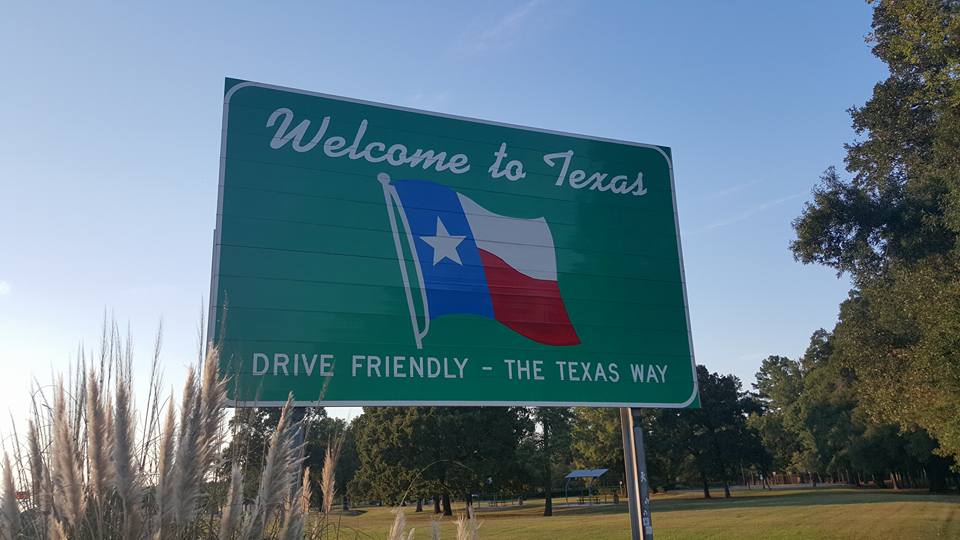Demographic shifts are happening more rapidly than many realize.
- In a 2014 post titled “End of the White Majority,” I shared that
the National Center for Education Statistics projected that after years of decline white non-Hispanic students would no longer be the majority in the public schools in the United States. - In a 2016 post titled “Farewell to White Protestant America” I shared some of the findings presented by Robert P. Jones in his then recently published book: The End of White Christian America. Jones noted that
in 1993 the majority of Americans (51%) were white Protestants. By 2014 that number had declined to about 1 in 3 (32%).
Texas Sized Shift
Earlier this week, Natalie Jackson wrote an article for Public Religion Research Institute (PRRI) about the rapid demographic changes in Texas. In “Demographic Changes in Texas Could Transform the State in 2020,” Jackson notes that “Texas has the fastest-growing population in the U.S., with nine Hispanics relocating to the state for every white person.”

Jackson references a June 2019 article in the Texas Tribune by Alexa Ura and Connie Hanzhang Jin, which includes a chart that effectively illustrates just how quickly the Texas population is changing.
| Race | 2010 population | 2018 population estimate | Increase |
|---|---|---|---|
| Hispanic | 9,460,921 | 11,368,849 | 1,907,928 |
| Black | 2,899,884 | 3,441,644 | 541,760 |
| White | 11,428,638 | 11,912,849 | 484,211 |
| Asian | 960,543 | 1,433,736 | 473,193 |
Source: U.S. Census Bureau / Credit: Connie Hanzhang Jin and Darla Cameron
The Big Five
Ura and Jin note that the Hispanic population in Texas is not equally distributed. About half of all Texas Hispanics (47%) now live in the state’s five most populous counties: Harris, Bexar, Dallas, Tarrant and Travis.
By percentage, Tarrant County’s growth in its Hispanic population exceeds the other four counties. Tarrant County’s Hispanic population increased from 482,977 in 2010 to 609,236 in 2018.
So What?
The data above is personal for me. I live, work, and worship in Tarrant County.
- Describe the demographic changes in your community in the last 10 years.
- Have the demographics of your community of faith shifted in ways that mirror the demographic shifts in your larger geographic community? Explain.
- What challenges and opportunities do the projected demographic shifts in your area present for your congregation? How is your faith community currently living into that future?
On September 29, I’ll be facilitating a conversation about “Embracing the Color of the Future” at First Presbyterian Church – Fort Worth, Texas (as part of a semester long class called “Future Faith“).